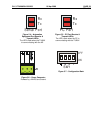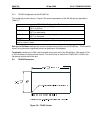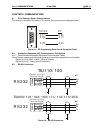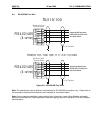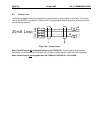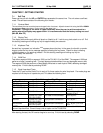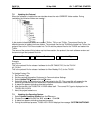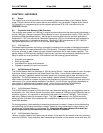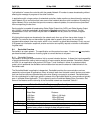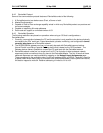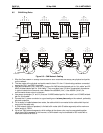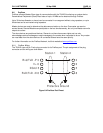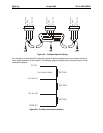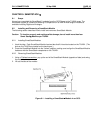
CH. 8: NETWORKS 06 Apr 2000 PAGE 37
GFK-1819
CHAPTER 8 : NETWORKS
8.1 Scope
This chapter gives a brief introduction into the networking hardware available on the Operator Station
range. The part numbers of the various options are available in the Introduction Chapter of this manual.
For information on programming the various network options see GFK-1818, User Manual for the
CBREEZE Software.
8.2 Controller Area Network (CAN) Overview
The controller area network (or CAN bus) is a serial communications bus that was originally developed in
the late 1980’s by a German company (Robert Bosch) for use in the automotive industry. CAN is an ISO
(
I
nternational
S
tandards
O
rganisation) - defined serial communications bus for real-time applications.
Established in 1947, the International Standards Organisation (ISO) is a multinational body dedicated to
worldwide agreement on international standards. Specifically, CAN is documented in ISO 11898 (for
high-speed applications) and ISO 11519 (for lower-speed applications).
8.2.1 CAN Features
CAN-based open automation technology successfully competes on the market of distributed automation
systems because of the special features of the CAN protocol. The special features are CAN’s producer-
consumer-oriented (or peer-to-peer) principle of data transmission and its multi-master capability. The
general design of CAN originally specified a high bit rate, high immunity to electrical interference and an
ability to detect any errors produced. CAN networks have the following general attributes:
•
Automatic error detection
•
Easily configurable
•
Cost-effective to design and implement
•
Capable of operating in harsh environments
8.3 CsCAN Network Overview
The CsCAN Network was first developed in 1993 by Horner Electric. It was developed for use in a project
that Horner Electric completed for the United States Post Office. Horner Electric developed its own
network, because it needed a network that had a specific set of powerful peer-to-peer and host-to-node
capabilities. The CsCAN Network has a “pass-through” feature whereby PC-based programs access
other nodes connected to a network by passing the programming command through the serial port to the
network port. (For a more detailed description, see below.) Horner Electric found that by developing its
own network, it satisfied several important needs. Horner Electric continues CsCAN Network
development to satisfy the requirements of today and the requirements of the future.
8.3.1 CsCAN Network Features
The CsCAN Network is based on CAN, which has many desirable features such as ruggedness, ease of
configuration, etc. With Horner Electric Controllers, data is passed at 125Kbps using a differential pair of
wires plus a ground. It is important to note that the data rate is not limited to 125Kbps. The maximum
data rate is 1Mbps (limited by the speed of light). The CAN implementation in the CsCAN controller
allows up to 64 controllers to be networked with no additional hardware and up to 253 controllers with
three CAN repeaters.
For the programmer, little knowledge of networking procedures is needed. However for troubleshooting
and optimizing, the following information is helpful. Instead of using master/slave or token passing, the
hardware self-arbitrates based on the Network ID.
Controllers with lower Network ID numbers are
given a higher priority than controllers with higher Network ID numbers.
8.3.2 CsCAN Network Operation
When a controller needs to send data over the network, it first waits for the network to be idle (currently a
maximum of 900uS). If two controllers start broadcasting information on the network at the same time, the



